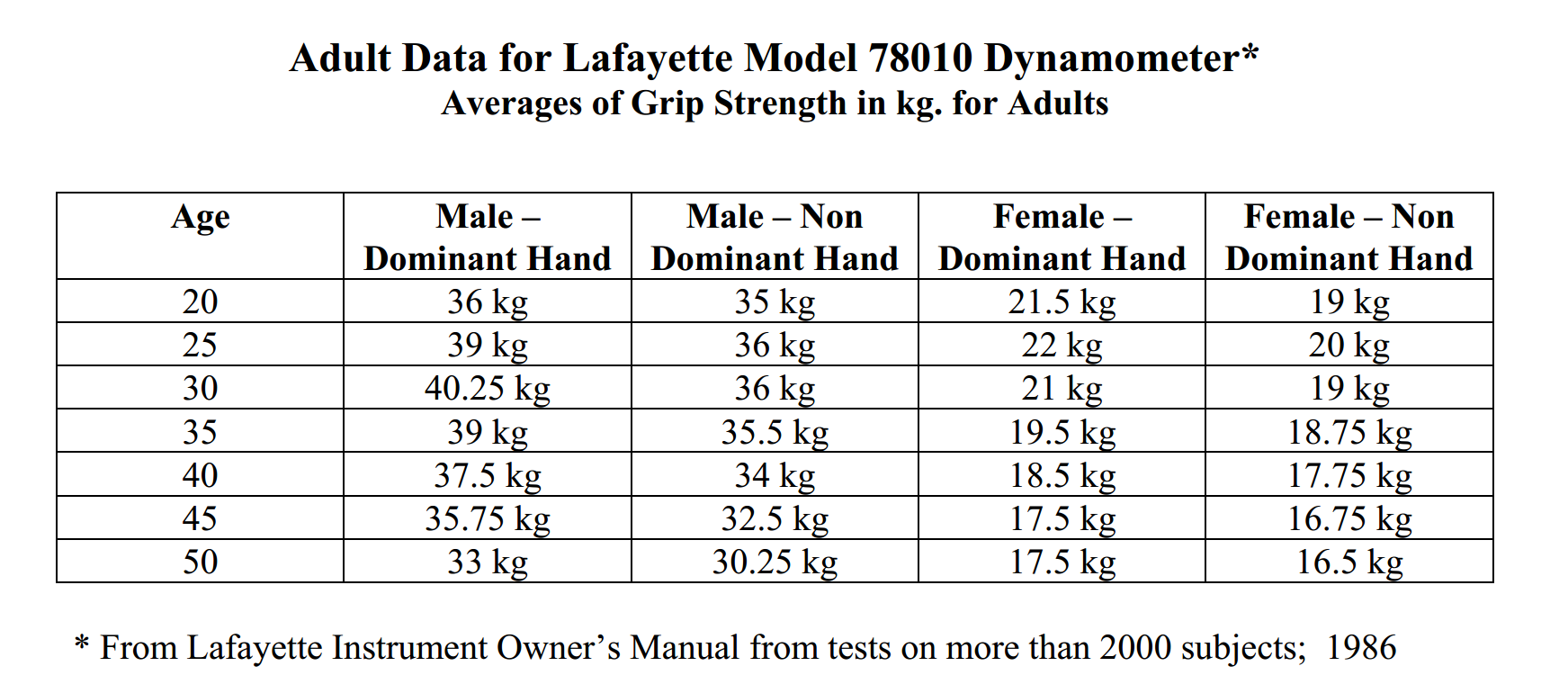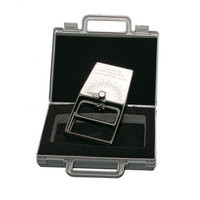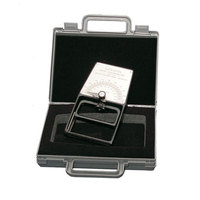 20th Jan 2015
20th Jan 2015
Grip Strength Norms using the Lafayette Hand Dynamometer
Hand dynamometers are particularly useful for measuring change in grip strength over time. For example, tracking a person’s grip strength over the course of an illness or recovery from an injury can help physical therapists assess loss of strength and identify proper treatment. Measuring grip strength variation over time can also provide an accurate portrayal of the effectiveness of said therapy.
Lafayette Hand Grip Dynamometer – Model 78010
The following table was compiled measuring the grip strength averages of more than 2,000 subjects. Keep in mind when performing grip strength evaluations that any significant variation in your measurements could indicate an abnormal reading or other problems.

Grip Strength Norms for Adults Using the Lafayette Hand Dynamometer(Model 78010)
Hand Grip Strength Examination Protocol
- Demonstrate the use of the hand dynamometer to the participant
- Make sure the patient remains in a standing position with their arms at their side, not touching the sides of their body.
- Administer the test on the non-dominant hand.
- Instruct the patient to squeeze the hand dynamometer with maximum effort. Be sure that you only measure one attempt at a time allowing at least 10-20 seconds rest per repetition.
- Perform 3 trials and record each attempt. If there is a variation of more than 6.6 lbs or 3 kgs, perform one more trial and erase the lowest scoring trial.
- Compare results to the Grip Strength Norm Chart above.






